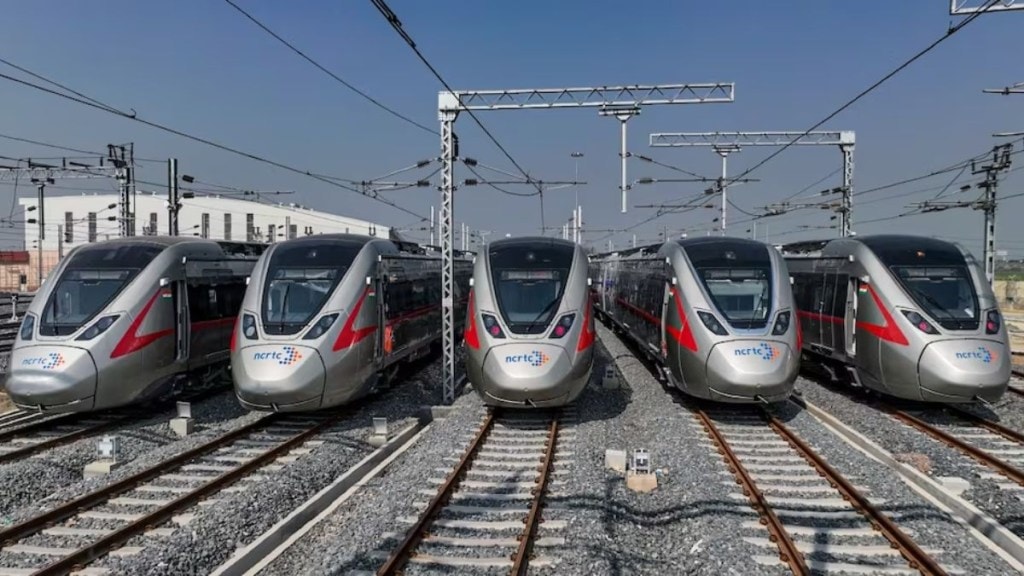As 2024 draws to a close, the Delhi-Ghaziabad-Meerut Regional Rapid Transit System (RRTS) corridor has been a focal point of infrastructure development in the National Capital Region (NCR). Spearheaded by the National Capital Region Transport Corporation (NCRTC), this ambitious 82-kilometer-long project aims to revolutionise regional connectivity, providing high-speed, efficient, and sustainable transit solutions for commuters.
The Regional Rapid Transit System (RRTS) is anticipated to begin operations between Delhi and Meerut by January 2025. Below are the latest updates on its progress:
Major Milestones Achieved in 2024
1. Operationalisation of RRTS from Sahibabad to Meerut South
The 42-kilometer section between Sahibabad and Meerut South was inaugurated earlier this year and has been operational since. This section has witnessed impressive ridership numbers, with daily commuters benefiting from reduced travel time and enhanced convenience.
2. Civil Construction Progress
The civil construction of the remaining stretches saw significant advancements in 2024:
- Delhi Section: The Anand Vihar station, a major interchange hub, reached 85% completion. Underground tunneling work connecting Anand Vihar to Sarai Kale Khan progressed steadily, with over 70% of the tunneling completed by December, according to media reports.
- Ghaziabad Section: Elevated viaduct construction between Sahibabad and Guldhar is now mostly complete, with most stations already operational or nearing finishing stages.
- Meerut Section: The Meerut South to Shatabdi Nagar stretch achieved over 75% structural completion, paving the way for track-laying activities.
3. Rolling Stock and Systems Installation
The manufacturing and delivery of trainsets, designed to run at a speed of 180 km/h, remained on track. By December, 15 out of 30 planned trainsets had been delivered and were undergoing rigorous testing. The installation of signaling systems and platform screen doors at key stations also marked significant progress.
4. Sustainability Initiatives
NCRTC has incorporated green building standards and renewable energy integration across the corridor. Solar panels have been installed on station rooftops, and energy-efficient systems have been deployed to minimise the environmental impact.
Despite achieving major milestones, the project faced challenges in land acquisition and utility shifting in densely populated areas. It may be noted that the innovative construction techniques such as segmental launching and pre-cast structures accelerated project timelines.
As we move into 2025, the anticipation for the full operationalisation of this groundbreaking transit system continues to grow, promising a new era of seamless regional connectivity.

